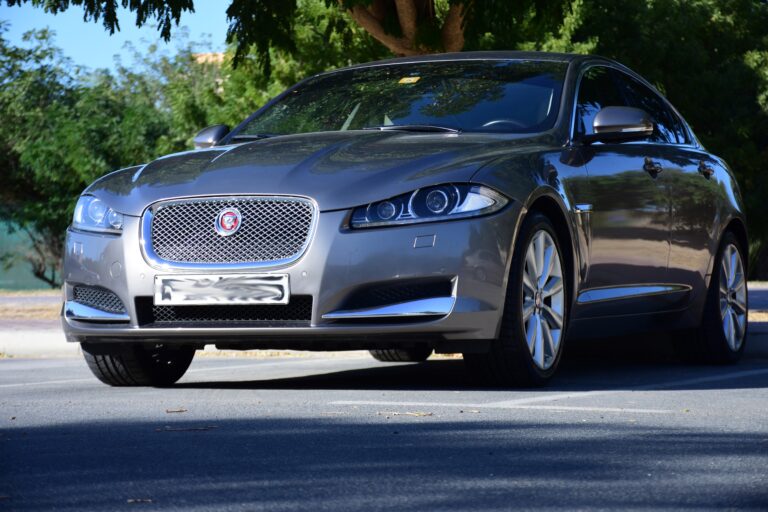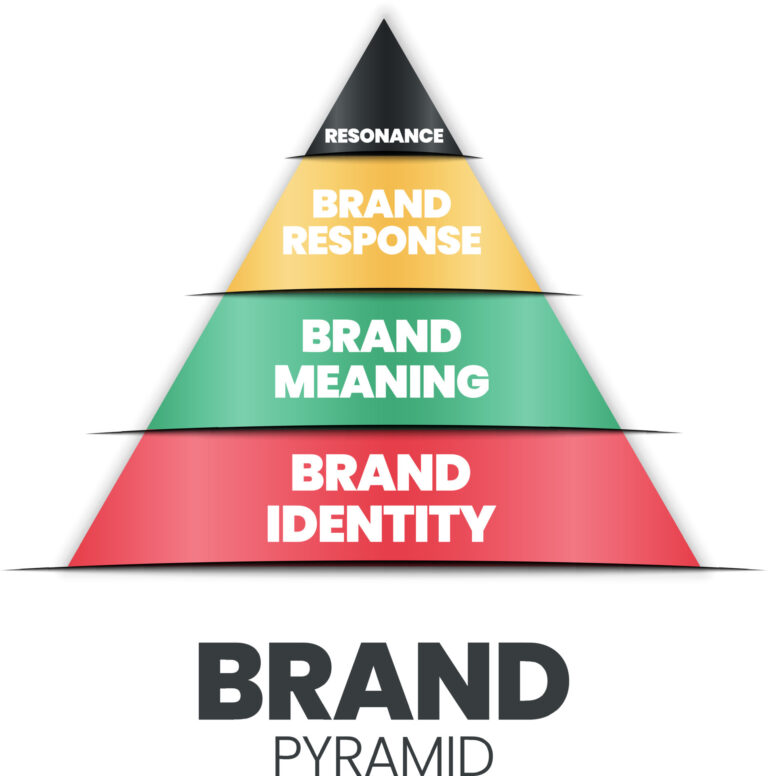What’s The Cheapest Brand New Car? Navigating the World of Budget-Friendly Wheels
What’s The Cheapest Brand New Car? Navigating the World of Budget-Friendly Wheels cars.truckstrend.com
In an era where car prices seem to be constantly climbing, the quest for an affordable, reliable, and brand-new vehicle has become more pertinent than ever. For many, a new car represents peace of mind: a full warranty, the latest safety features, and the assurance of being the first owner. But what if your budget is tight? The good news is that the dream of owning a brand-new car doesn’t have to be out of reach. This comprehensive guide will delve into what constitutes "the cheapest brand new car," explore the top contenders, and provide essential advice to help you make an informed decision without breaking the bank.
Understanding "Cheapest": More Than Just Sticker Price
What’s The Cheapest Brand New Car? Navigating the World of Budget-Friendly Wheels
When searching for the cheapest brand new car, it’s crucial to look beyond the initial Manufacturer’s Suggested Retail Price (MSRP). While the sticker price is the most immediate indicator of affordability, a truly "cheap" car considers the total cost of ownership (TCO) over its lifespan. This includes several critical factors:
- Initial Purchase Price: This is the base MSRP for the entry-level trim, before any options, taxes, or fees. It’s the starting point for your budget.
- Fuel Efficiency (MPG): A car that’s cheap to buy but guzzles gas will quickly become expensive to own. Higher MPG means lower fuel costs over time.
- Insurance Costs: Some vehicle models are inherently more expensive to insure due to factors like repair costs, safety ratings, or theft rates. Researching average insurance premiums for specific models is vital.
- Maintenance and Repairs: While new cars come with warranties that cover major defects, routine maintenance (oil changes, tire rotations, brake pads) is still required. Some brands or models have higher parts and labor costs.
- Depreciation: How quickly a car loses its value is a significant, often overlooked, cost. While budget cars tend to depreciate, some models hold their value better than others.
- Resale Value: This is the inverse of depreciation. What can you expect to get back when you eventually sell or trade in the vehicle?

Considering these elements provides a more accurate picture of a vehicle’s true affordability.
Top Contenders for the Cheapest Brand New Car in 2024
While the automotive market is dynamic, a few models consistently vie for the title of "cheapest brand new car" in the United States. These vehicles are designed to offer basic, reliable transportation at the lowest possible entry point.
Mitsubishi Mirage (Hatchback & G4 Sedan)
Consistently holding the crown for the lowest MSRP, the Mitsubishi Mirage is the quintessential budget car. Available as a compact hatchback or a G4 sedan, it prioritizes affordability and fuel efficiency above all else. Its modest 1.2-liter three-cylinder engine provides adequate power for city driving and delivers exceptional fuel economy, often exceeding 35 MPG combined. While its interior is utilitarian and acceleration is leisurely, it comes with a strong 5-year/60,000-mile basic warranty and a 10-year/100,000-mile powertrain warranty, offering significant peace of mind.
Nissan Versa (Sedan)
The Nissan Versa is another strong contender, often just a hair above the Mirage in price but offering a bit more refinement, space, and a more robust driving experience. Powered by a 1.6-liter four-cylinder engine, it feels more composed on the highway than the Mirage and boasts a surprisingly spacious interior for its class, especially its trunk. Base models often come with a manual transmission, which can slightly lower the price further, while a continuously variable transmission (CVT) is optional. Standard features like a 7-inch touchscreen and basic safety tech make it a compelling value proposition.
Hyundai Venue (Subcompact SUV)
While technically a subcompact SUV, the Hyundai Venue’s aggressive pricing often places it in contention with the cheapest sedans. It offers a slightly elevated driving position and a more rugged appearance, appealing to those who prefer an SUV-like stance without the SUV price tag. Its 1.6-liter four-cylinder engine and CVT deliver reasonable performance and good fuel economy. Hyundai’s excellent 5-year/60,000-mile basic and 10-year/100,000-mile powertrain warranties add significant value, and even the base model comes with a decent set of tech features, including an 8-inch touchscreen with Apple CarPlay and Android Auto.
Kia Forte (Compact Sedan)
Though typically a step up in price from the absolute cheapest, the Kia Forte often represents an excellent value for a compact sedan. It offers more interior space, a more powerful standard engine (2.0-liter four-cylinder), and a more sophisticated design than its entry-level counterparts. For those who can stretch their budget slightly, the Forte provides a comfortable ride, competitive features, and Kia’s robust warranty, making it a "cheapest car" in terms of features-for-dollar.
What to Expect from a Budget-Friendly New Car
When opting for the cheapest brand new car, setting realistic expectations is key. These vehicles are designed with cost-efficiency in mind, meaning certain luxuries and high-performance aspects are typically absent:
- Basic Features: Expect manual climate control, basic infotainment systems (sometimes just a radio with Bluetooth), manual windows or simple power windows, and steel wheels with hubcaps on base trims. Advanced driver-assistance systems (ADAS) like adaptive cruise control or lane-keeping assist might be optional or unavailable.
- Modest Performance: Engines will be smaller and less powerful, optimized for fuel economy rather than quick acceleration. They are perfectly adequate for daily commuting and city driving but may feel strained on highway merges or steep inclines.
- Compact Size: Most budget-friendly new cars are subcompacts or compacts, meaning less passenger and cargo space compared to larger vehicles. They are ideal for individuals, couples, or small families.
- Utilitarian Interiors: Interiors will feature durable, hard plastics rather than soft-touch materials. While functional and easy to clean, they won’t exude luxury.
- Modern Safety Standards: Despite their low price, all brand-new cars sold today must meet stringent safety regulations. This means they come equipped with airbags, anti-lock brakes (ABS), electronic stability control (ESC), and often a rearview camera as standard.
Tips for Buying the Cheapest New Car
Purchasing a new car, even a budget one, is a significant investment. Here’s how to ensure you get the best deal:
- Research Thoroughly: Don’t just look at the MSRP. Check dealer websites for current incentives, regional offers, and any potential discounts.
- Focus on Base Trims: Avoid adding optional packages or accessories, as these can quickly inflate the price. The goal is the cheapest car, so stick to the most basic configuration.
- Negotiate: Always negotiate the price. While there might be less wiggle room on the absolute cheapest models due to already thin margins, every dollar saved counts. Be firm but polite.
- Explore Financing Options: Compare interest rates from multiple lenders (banks, credit unions) before heading to the dealership. Getting pre-approved can give you leverage.
- Consider Your Trade-In Separately: If you have a trade-in, negotiate the price of the new car first, and then discuss your trade-in’s value. This prevents the dealer from masking a poor trade-in offer with a seemingly good deal on the new car.
- Test Drive: Even if it’s the cheapest car, ensure it meets your basic comfort and driving needs. Does it fit your lifestyle? Is the visibility good? Are the controls easy to use?
- Watch Out for Dealer Fees: Be aware of additional fees like destination charges (standard), documentation fees, and add-ons like extended warranties or paint protection (often negotiable or avoidable).
Challenges and Solutions
Even when aiming for the cheapest new car, you might encounter a few hurdles:
- Limited Inventory: Dealerships might not stock many base models of the cheapest cars, as they prefer to sell higher-trim, more profitable versions.
- Solution: Be prepared to order the car from the factory, which might involve a waiting period. Expand your search to multiple dealerships, even in neighboring towns.
- Lack of Desired Features: The base models are truly basic, potentially lacking features you’ve become accustomed to.
- Solution: Prioritize your absolute "needs" versus "wants." Some features (like a better stereo or floor mats) can be added aftermarket more cheaply.
- Smaller Size/Performance Concerns: If you frequently carry multiple passengers, large cargo, or drive long distances on highways, a subcompact might feel cramped or underpowered.
- Solution: Honestly assess your primary use case. If these are regular needs, you might need to slightly increase your budget for a compact sedan or small SUV.
Practical Advice and Actionable Insights
Your journey to finding the cheapest brand new car starts with a clear financial picture. Set a firm budget that includes not just the purchase price, but also estimated costs for insurance, registration, and initial maintenance. Prioritize what you truly need in a car versus what would be nice to have. Don’t be afraid to walk away if a deal doesn’t feel right. Shopping around aggressively and being patient will ultimately lead to the best outcome. Remember, the goal is not just the lowest price, but the best value for your money, ensuring reliability and peace of mind for years to come.
Cheapest Brand New Car Price Table (Approximate 2024 Base Model MSRP)
| Car Model | Body Style | Starting MSRP (Approx.) | Engine Type | Combined MPG (Approx.) | Key Standard Features (Base Trim) | Pros | Cons |
|---|---|---|---|---|---|---|---|
| Mitsubishi Mirage | Hatchback | $16,695 | 1.2L 3-Cylinder | 37 MPG | 7-inch Display, Automatic Climate Control, Rearview Camera | Lowest MSRP, excellent fuel economy, long warranty | Underpowered, noisy, basic interior materials |
| Mitsubishi Mirage G4 | Sedan | $17,695 | 1.2L 3-Cylinder | 37 MPG | 7-inch Display, Automatic Climate Control, Rearview Camera | Lowest MSRP for sedan, great fuel economy, long warranty | Underpowered, noisy, basic interior materials |
| Nissan Versa | Sedan | $17,245 | 1.6L 4-Cylinder | 30 MPG (Manual) | 7-inch Touchscreen, Bluetooth, Automatic Emergency Braking | Comfortable ride, spacious cabin/trunk, good value | Basic interior, not very powerful |
| Hyundai Venue | Subcompact SUV | $19,900 | 1.6L 4-Cylinder | 31 MPG | 8-inch Touchscreen, Apple CarPlay/Android Auto, Lane Keep Assist | SUV-like stance, good tech for the price, strong warranty | No AWD, smaller cargo than some rivals, basic performance |
| Kia Forte | Sedan | $20,000 | 2.0L 4-Cylinder | 33 MPG | 8-inch Touchscreen, Apple CarPlay/Android Auto, Lane Following Assist | Stylish design, spacious, good standard features | Higher starting price than absolute cheapest, basic interior |
Note: Prices are Manufacturer’s Suggested Retail Price (MSRP) for the base model and do not include destination charges, taxes, title, license fees, or optional equipment. Actual dealer prices may vary.
Frequently Asked Questions (FAQ)
Q: Is it safe to buy the cheapest new car?
A: Yes. All brand-new cars sold in the US must meet rigorous safety standards set by the government. This includes standard airbags, anti-lock brakes, electronic stability control, and often a rearview camera. While they may lack advanced driver-assistance systems found in more expensive cars, they are significantly safer than older used vehicles.
Q: Will the cheapest car have good resale value?
A: Generally, budget cars might not hold their value as well as more premium or in-demand models, but this varies by brand and market conditions. Factors like reliability and fuel efficiency can help maintain some value. However, the initial low purchase price means you have less money to "lose" in depreciation compared to a more expensive vehicle.
Q: Can I get financing for the cheapest new car?
A: Absolutely. Financing is available for all new cars. Your eligibility and interest rate will depend on your credit score, income, and the loan term. It’s advisable to get pre-approved for a loan before visiting the dealership to ensure you get the best rate.
Q: Are there any hidden costs I should be aware of?
A: Yes, beyond the MSRP, always factor in:
- Destination Charge: A non-negotiable fee for transporting the car from the factory to the dealership.
- Taxes and Registration Fees: Varies by state and local municipality.
- Documentation Fees: A fee charged by the dealership for processing paperwork (often negotiable).
- Insurance: A recurring cost that varies significantly.
- Fuel and Maintenance: Ongoing operational costs.
Q: What kind of warranty comes with the cheapest new car?
A: All new cars come with a factory warranty. While the specifics vary, most manufacturers offer a basic bumper-to-bumper warranty (typically 3 years/36,000 miles or 5 years/60,000 miles) and a powertrain warranty (often longer, like 5 years/60,000 miles or 10 years/100,000 miles). Brands like Hyundai and Kia are known for their exceptionally long warranties, which add significant value to their budget-friendly offerings.
Q: Is a used car a better option than the cheapest new car?
A: It depends on your priorities. A used car can offer more features or a larger size for the same budget as a new entry-level car. However, a new car provides a full warranty, the latest safety tech, and the peace of mind of knowing its complete history. Used cars carry more risk of unexpected repairs once the factory warranty expires. For those prioritizing long-term reliability and minimal upfront issues, a new car, even the cheapest, is often a compelling choice.
Conclusion
Finding the cheapest brand new car is an achievable goal for many budget-conscious buyers. While these vehicles prioritize essential transportation over luxury, they offer crucial benefits like modern safety features, factory warranties, and the reliability that comes with being the first owner. By understanding that "cheapest" encompasses more than just the sticker price – factoring in fuel efficiency, insurance, and maintenance – you can make a truly informed decision. With careful research, smart negotiation, and realistic expectations, you can drive off the lot in a brand-new car that fits your budget and provides reliable transportation for years to come, proving that affordability doesn’t have to mean compromise on peace of mind.



